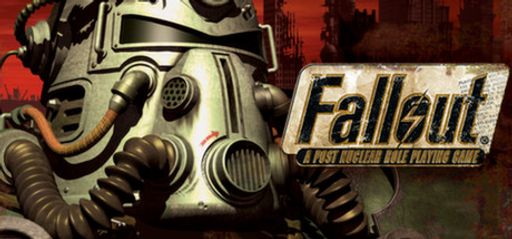I have always admired games that both define and sharpen their genres. The first time I launched Fallout: A Post Nuclear RPG, I felt that excited rush that only a true classic can deliver. I dove in to explore every corner of its wasteland and uncover every gameplay nuance. After many detailed playthroughs, I can say with confidence that this game still stands tall as a landmark in CRPG history.
Overall impressions
Fallout immediately sets itself apart from its peers by laying a solid foundation for post-apocalyptic role-playing. I was drawn in by the in-depth character creation of the SPECIAL system. This clever mechanic lets you build entirely different characters with unique strengths. I found it both robust and layered. In addition, the game introduced many features that later titles adopted, yet it never lost its own flavor and charm.
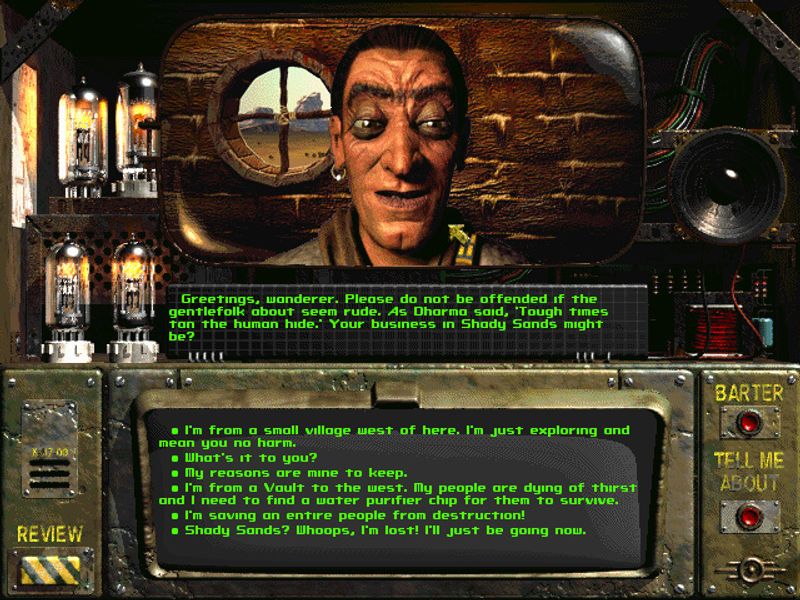
Gameplay Mechanics
Gameplay lies at the heart of Fallout: A Post Nuclear RPG. Early on, I noticed how every choice carries real weight. This decision-and-consequence structure drives you toward side quests or unfinished story threads. Every hidden corner holds a collectible or achievement waiting to be claimed. The flow stays smooth once you get used to the controls, although new players may face a learning curve. Still, the depth on offer makes the effort worthwhile, and I’m proud to have mastered its complexity.
Story and Characters
Turning to story and characters, I found a narrative rich in history and personal stakes. The shattered world itself feels like a living character. Each ruined building and deserted settlement tells a tale of former glory and eventual collapse. Along the way, I met unique figures whose backgrounds and goals deepened the experience. I also joined multiple factions with subtle rivalries. The dialogue remains sharp, and your decisions truly matter.
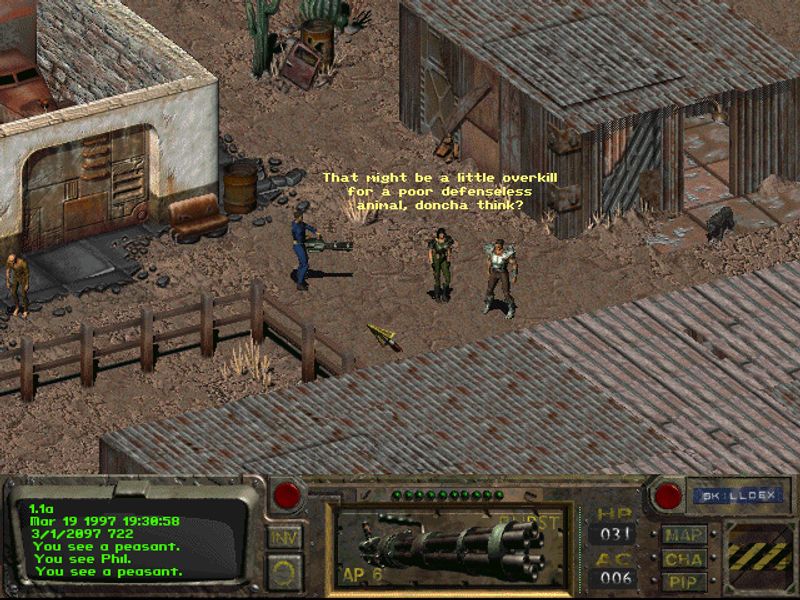
Visuals and Graphics
Visually, Fallout captures the feel of a world worn thin by time. At first glance, the graphics seem dated, but they quickly reveal a stylized authenticity. The pixel-style textures add raw simplicity that fits the tone. I saw how the art choices reinforce the heavy mood without hiding the world’s hardships. From crumbling structures to eerie lighting, the visuals build a believable and bleakly beautiful environment. This style ties the narrative and atmosphere together perfectly.
Sound and Design
Sound design is equally impressive. In particular, the haunting soundtrack sets the mood for every discovery. Additionally, ambient noises feel authentic in ruined buildings and across dusty deserts. Even the voice acting—while modest by modern standards—adds genuine emotion to each conversation. Sound effects also highlight key moments and collectible finds, drawing you deeper into the world. As a result, the blend of music and environmental audio makes every scene feel intentional.
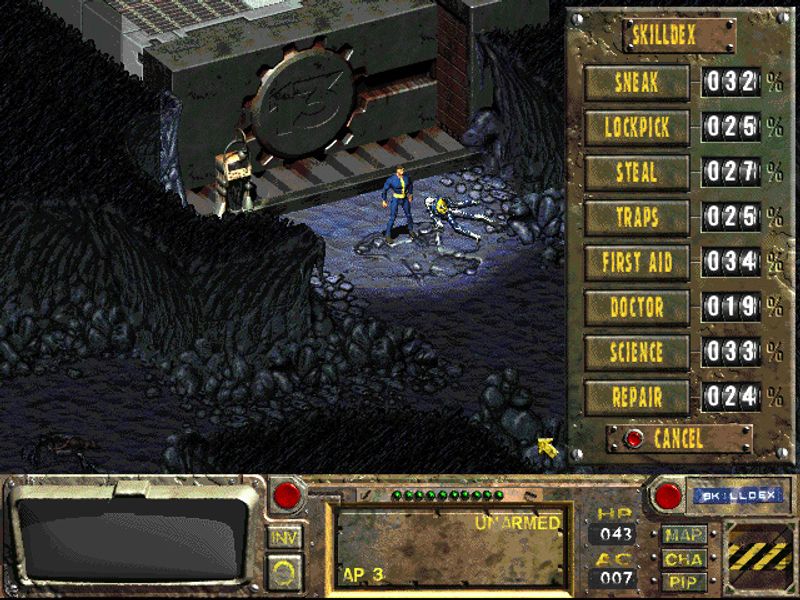
Difficulty and Replayability
Fallout challenges you in both mechanics and storytelling. It never feels shallow—each playthrough brings new twists and tests. I took pleasure in uncovering hidden trivia, secret loot, and alternate paths. On more than one occasion, I returned to explore different story branches just to find every collectible. Rather than blocking progress, the game’s difficulty invites you to dive deeper and master every aspect.
Player Experience
This title excels at delivering an open sandbox that rewards curiosity. I spent hours matching lore to in-game mechanics and logging every clue. In fact, I kept a detailed record of each collectible and achievement. I appreciate how the design encourages you to observe, note, and repeat—quite unlike more linear RPGs. Each replay offers fresh discoveries, and I frequently jump back in to catch what I missed the first time.
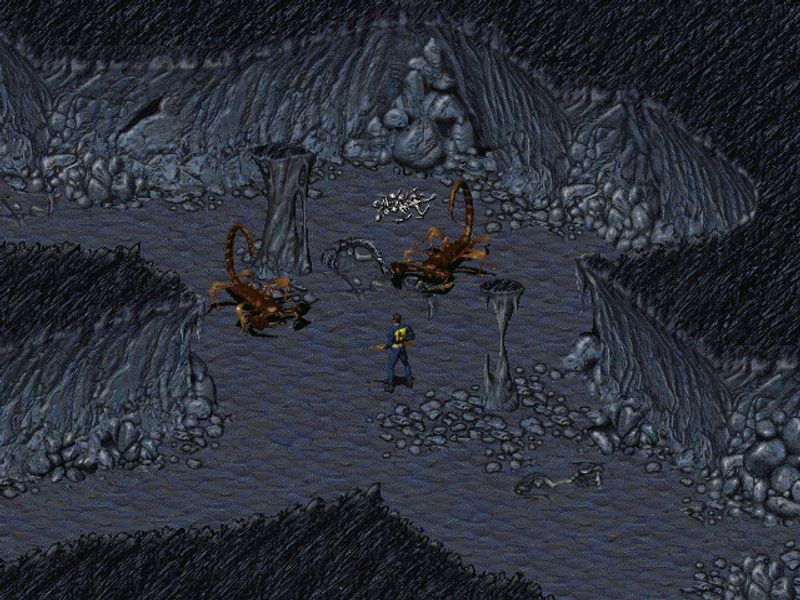
Player feedback aligns with my own view on the grandeur of Fallout. Many have commented on the game’s steep learning curve; however, they praise its lasting influence on the genre and unique storytelling methods. One player noted that despite its archaic appearance, the game remains a peak experience once one overcomes the initial challenges. I share this sentiment wholeheartedly. The taste for exploration and discovery in Fallout mirrors the modern tendency towards immersive world-building found in newer titles. It is a foundational piece that laid the groundwork for classics like Fallout 3 and New Vegas.
Behind-The-Scenes
I also admired behind-the-scenes details that shaped Fallout: A Post Nuclear RPG’s development. Interplay Inc. showed bravery in crafting a system that allowed for deeply personal narratives and non-linear gameplay. Bethesda Softworks further elevated the title with their publishing expertise, ensuring the classic element of immersive storytelling reached a wide audience. This combination of visionary development and meticulous post-release support cemented Fallout’s place in the annals of gaming history.
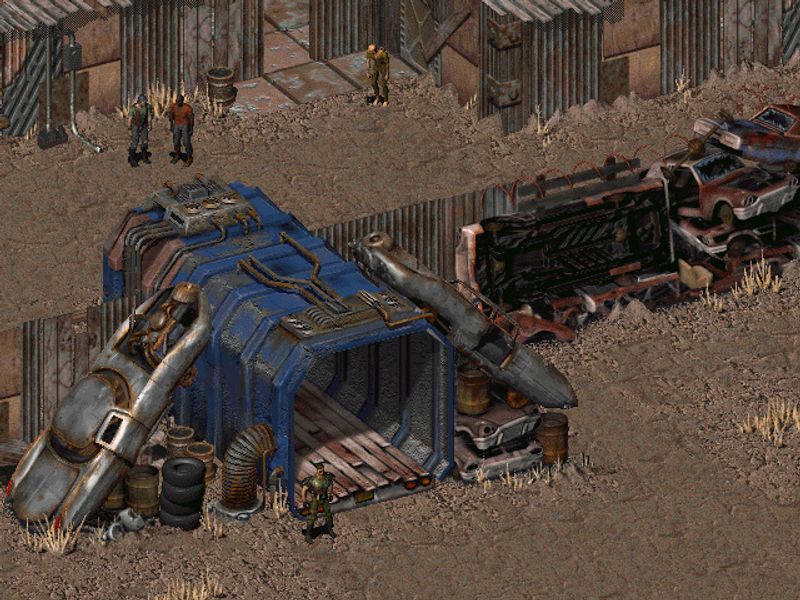
Conclusion
In closing, Fallout: A Post Nuclear RPG offers more than just a nostalgic expedition into a ruined world. It challenges players to think, explore, and document every hidden fragment of a once-proud civilization. The uniquely flexible SPECIAL system and the rewarding side quests keep my obsession alive through each play session. I appreciate the attention to detail in every dialogue, graphic element, and sound cue. The lore is rich, the gameplay is demanding, and the experience is endlessly replayable. For a completionist like myself, every facet of Fallout drives forward my quest for perfection.
In summary, I give Fallout: A Post Nuclear RPG 4.5 out of 5 stars. This game deserves praise for its groundbreaking design and lasting appeal. In fact, few titles capture an entire genre’s legacy in just one playthrough. As such, Fallout: A Post Nuclear RPG is a genuine masterpiece that invites exploration, reflection, and committed play. I highly recommend it to any gamer who values detail, depth, and a memorable journey through the desolate paths of a fallen world.

